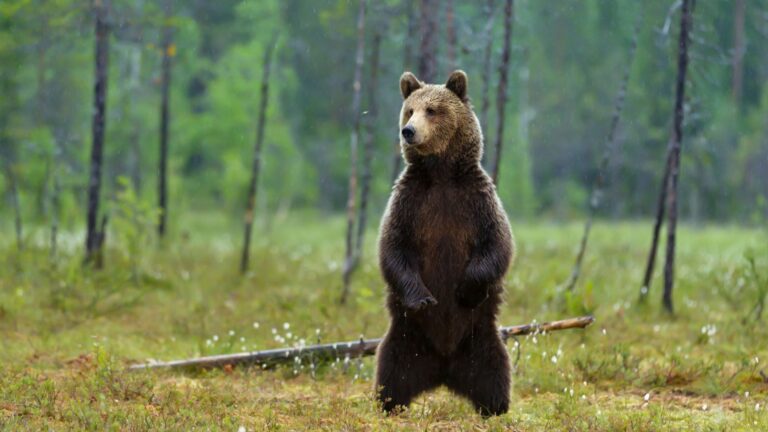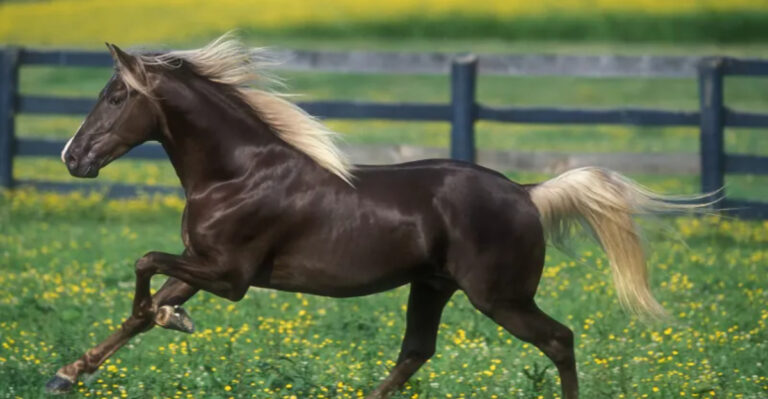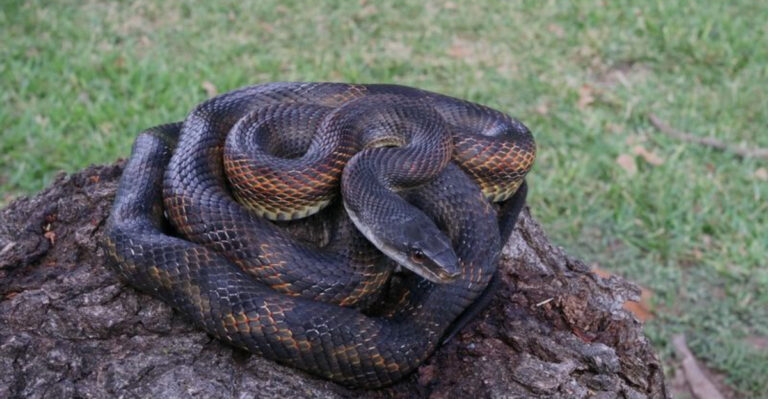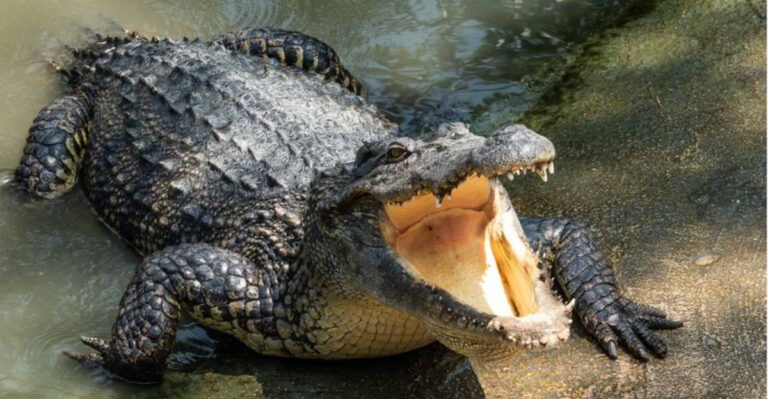Animals In Yellowstone National Park: The Complete Guide
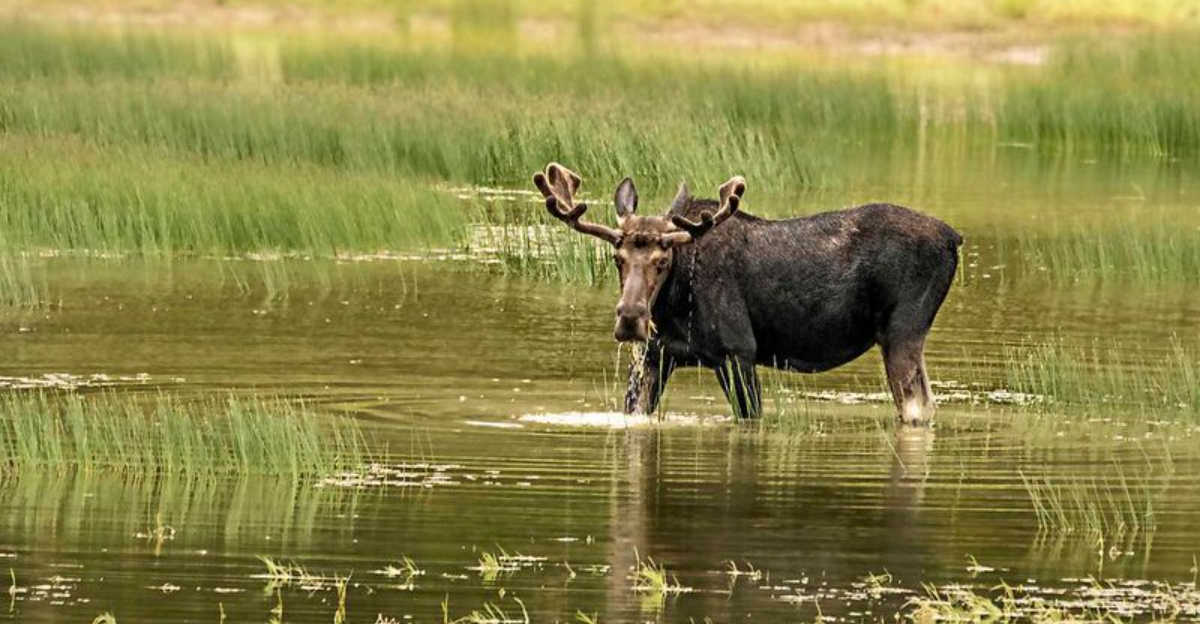
Yellowstone National Park is a wildlife enthusiast’s paradise, home to some of North America’s most fascinating creatures.
From majestic predators to tiny critters, the park’s diverse ecosystems support an incredible variety of animal species. When you visit Yellowstone, these remarkable animals transform an already stunning landscape into a living, breathing wilderness experience unlike any other.
1. Gray Wolves
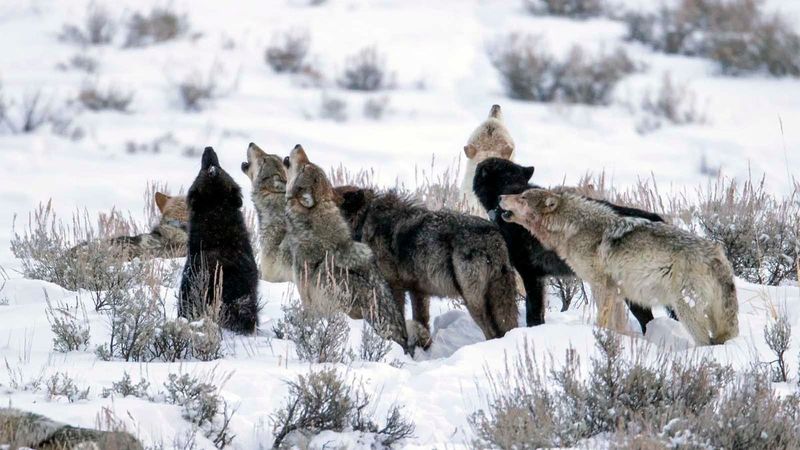
Once nearly vanished from the park, these magnificent predators made a triumphant comeback in 1995. Their howls echo through valleys at dusk, sending chills down visitors’ spines.
Pack life revolves around complex social structures, with alpha pairs leading hunting expeditions. Their reintroduction created a ripple effect throughout Yellowstone’s ecosystem, demonstrating nature’s delicate balance.
2. Elk
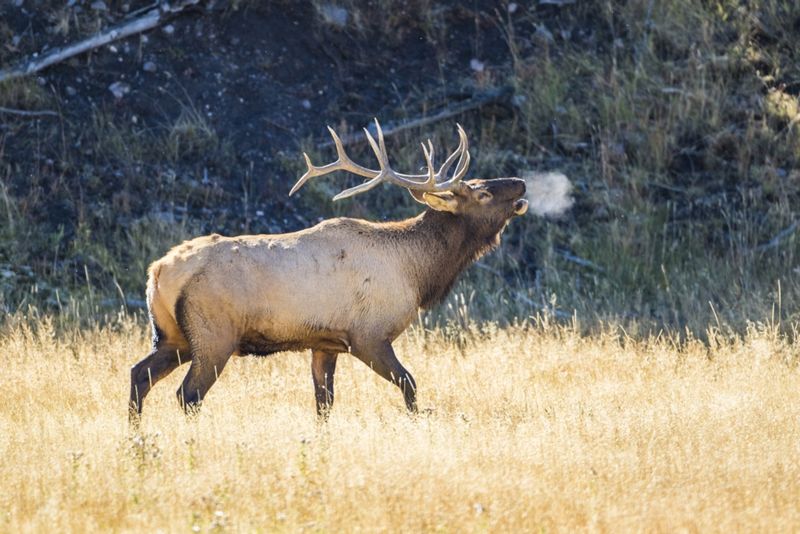
Fall visitors witness an unforgettable spectacle when bull elk bugle across mountain meadows, their eerie calls echoing for miles. These haunting sounds announce mating season, when males gather harems and battle rivals.
Massive antlers, sometimes spanning five feet, grow and shed annually. Yellowstone houses one of North America’s largest elk populations, with thousands grazing the park’s lush valleys.
3. Pronghorn
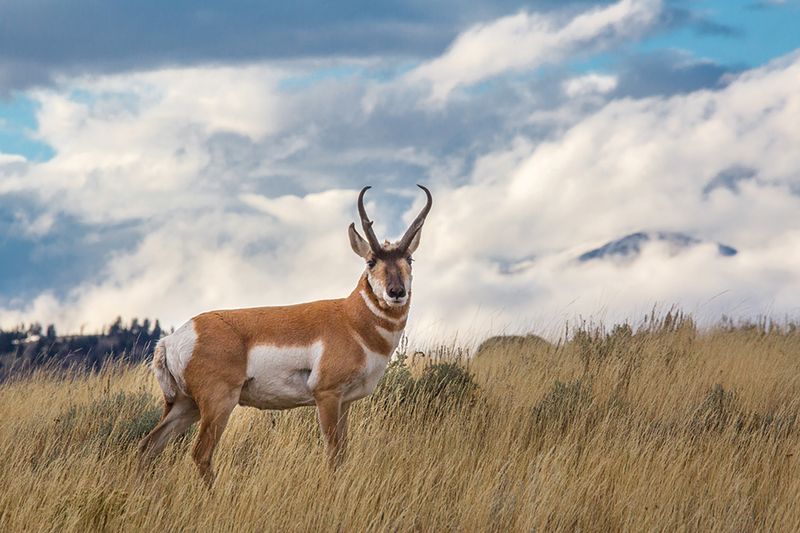
Racing across open plains at speeds reaching 60 mph, pronghorns claim the title of North America’s fastest land mammal. Evolution gifted them incredible eyesight, capable of detecting movement up to four miles away.
Despite resembling antelopes, these unique creatures belong to their own family. Their distinctive white rumps flash brilliantly when they bound across Yellowstone’s northern grasslands, warning others of potential danger.
4. Black Bears
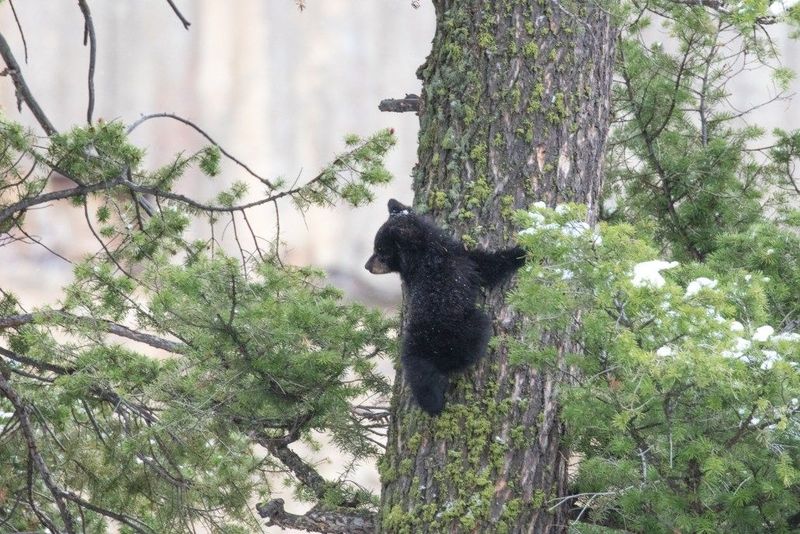
Smaller cousins to grizzlies, black bears often surprise visitors with their range of colors, from deep black to cinnamon brown. Expert climbers, they scramble up trees with surprising agility when startled or threatened.
Fall visitors might spot them gorging on berries, building crucial fat reserves before winter hibernation. Despite their name, only about half of Yellowstone’s black bears actually wear black coats – many sport beautiful brown or blonde fur.
5. Mountain Lions
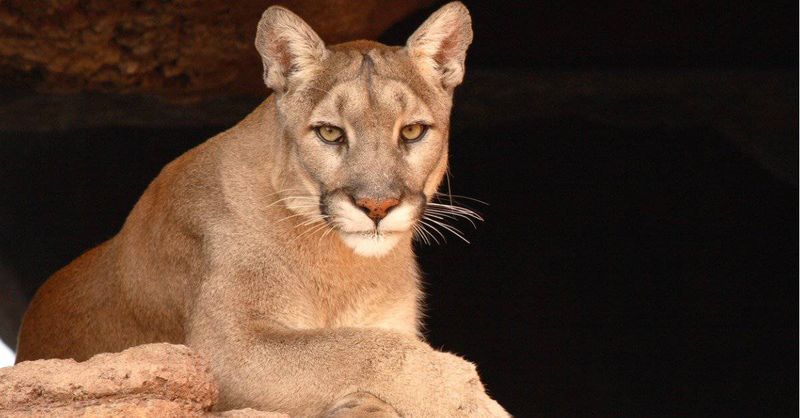
Rarely glimpsed ghosts of the forest, these powerful cats leave only fleeting evidence of their presence. Perfectly camouflaged against rocky backgrounds, they stalk deer and elk with silent precision.
Also called cougars or pumas, these solitary hunters maintain huge territories spanning up to 175 square miles. Most Yellowstone visitors never see one, making a mountain lion sighting among the most coveted wildlife experiences in the park.
6. Bald Eagles
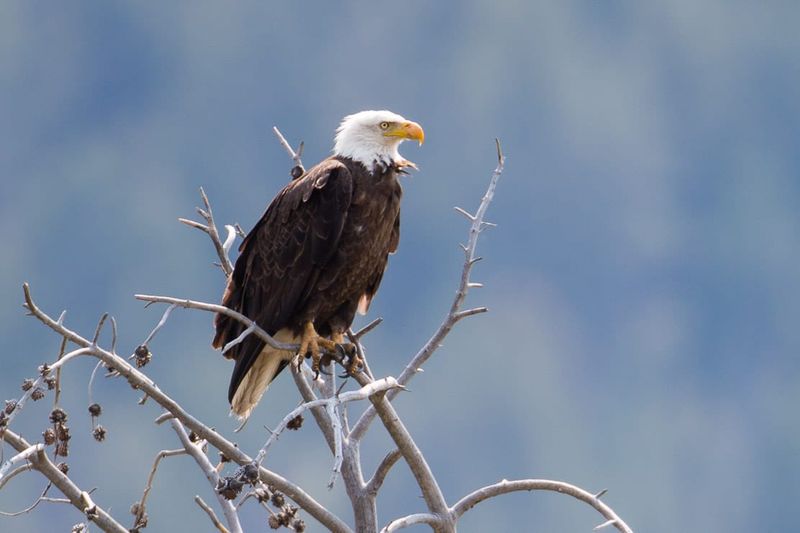
Soaring majestically above Yellowstone’s rivers, America’s national bird scans for fish with eyesight eight times sharper than human vision. Their distinctive white heads don’t develop until around age five, with younger eagles sporting mottled brown plumage.
Winter concentrates these impressive raptors along unfrozen sections of rivers. Yellowstone visitors often spot them perched in tall pines near water, their seven-foot wingspans creating unmistakable silhouettes against mountain skies.
7. Beaver
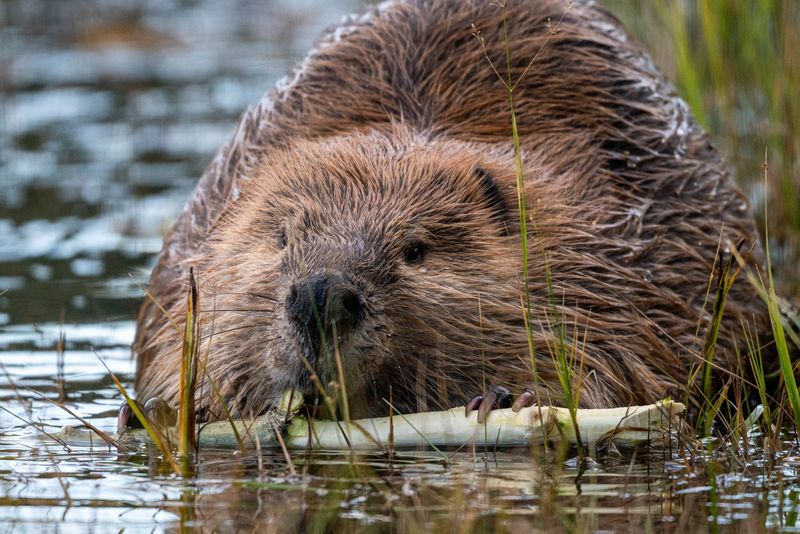
Nature’s engineers transform entire ecosystems with their remarkable dam-building skills. A single beaver family can fell hundreds of trees annually, creating wetlands that benefit countless other species.
Their waterproof fur and specialized lungs allow underwater stays exceeding 15 minutes. Yellowstone’s beaver populations fluctuate naturally, with colonies abandoning depleted areas after harvesting nearby trees, allowing forests to regenerate before their eventual return.
8. Moose
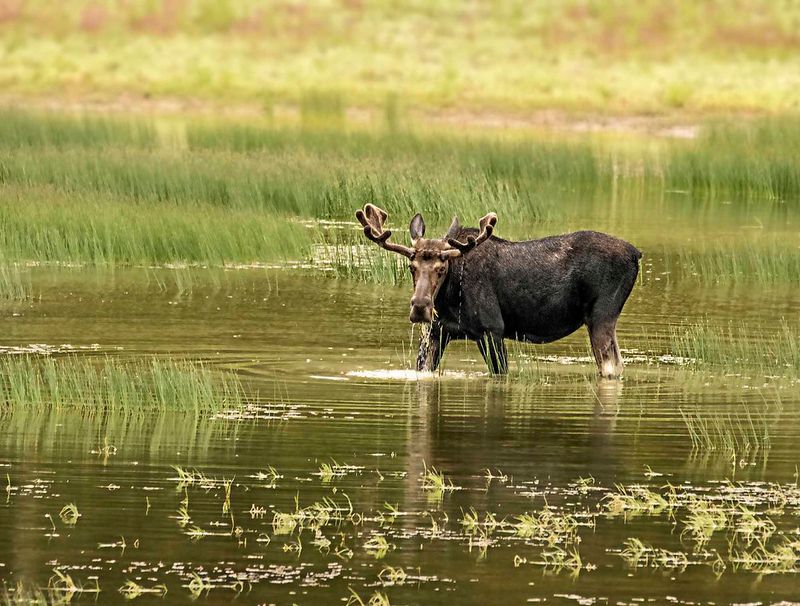
Gangly legs and drooping noses give these giants a comical appearance that belies their impressive size and strength. Standing over six feet tall at the shoulder, moose browse on aquatic plants and willows in Yellowstone’s wetlands.
Bull moose grow enormous antlers spanning six feet across, shedding and regrowing them annually. Despite their ungainly appearance, they swim gracefully and can run surprisingly fast when threatened.
9. Red Foxes
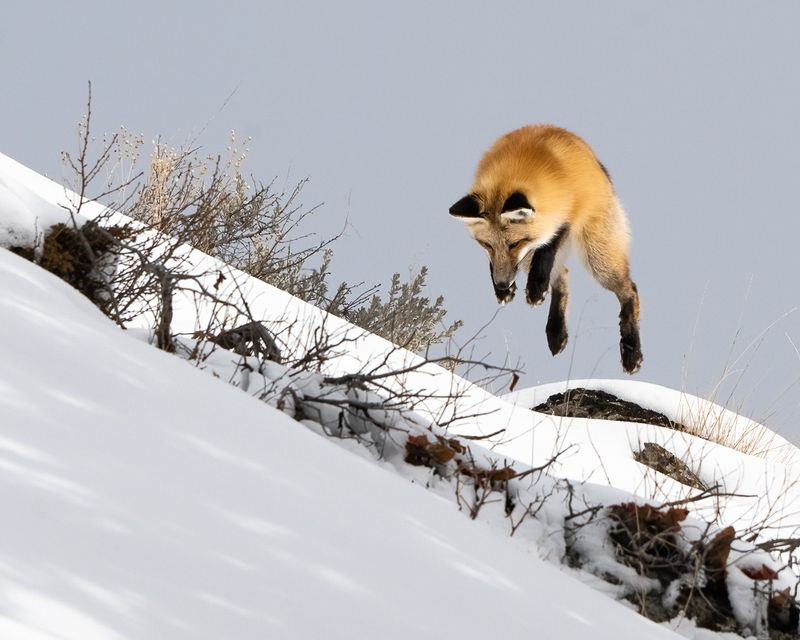
Fiery orange coats flash brilliantly against Yellowstone’s winter snow as these adaptable hunters pounce on hidden prey. Their sensitive hearing detects mice moving beneath 2 feet of snow, leading to spectacular leaping catches.
Yellowstone’s foxes have developed specialized hunting techniques for winter survival. Unlike their urban cousins, park foxes maintain natural wariness of humans, making respectful distance viewing essential for observing their natural behaviors.
10. Ospreys
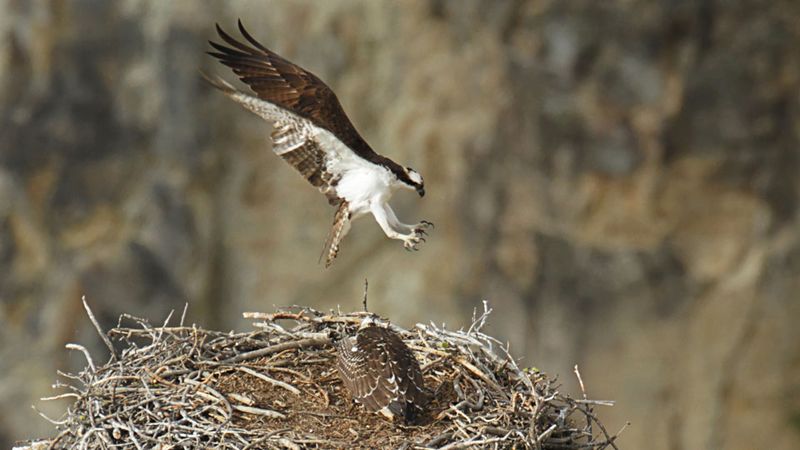
Dramatic plunge-dives showcase these fishing specialists’ remarkable hunting skills. Reversible outer toes and specialized foot pads help them grip slippery fish while specialized nostrils close underwater.
Yellowstone’s ospreys build massive stick nests on rock pinnacles and dead trees. Their distinctive white heads with black eye stripes make identification easy as they hover above rivers and lakes, scanning for fish with incredible precision.
11. Badgers
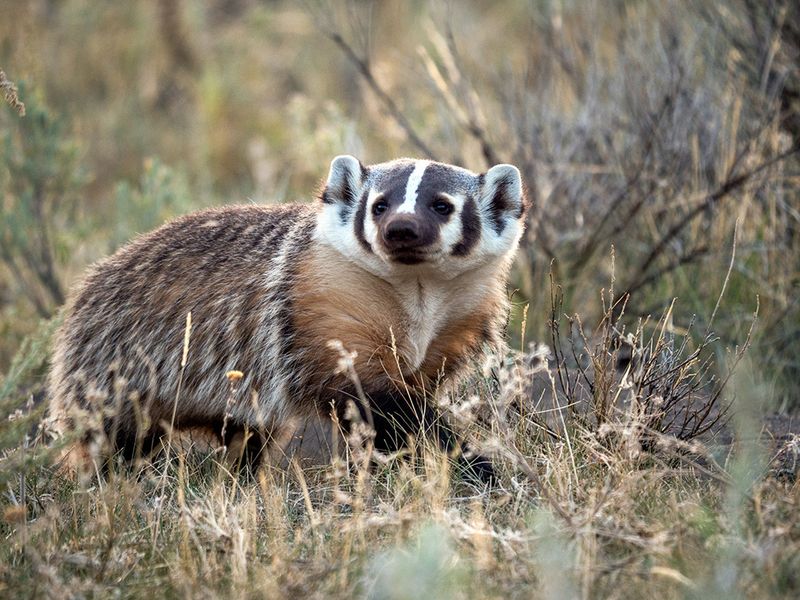
Feisty diggers create extensive underground networks with powerful front claws that make them Yellowstone’s premier excavation experts. Their low-slung bodies and distinctive black-and-white face markings appear briefly as they patrol sagebrush flats.
Despite weighing just 15-20 pounds, badgers fearlessly face much larger predators. Patient visitors might witness their remarkable hunting partnership with coyotes – the badger digs while the coyote waits to catch escaping prey.
12. Pika
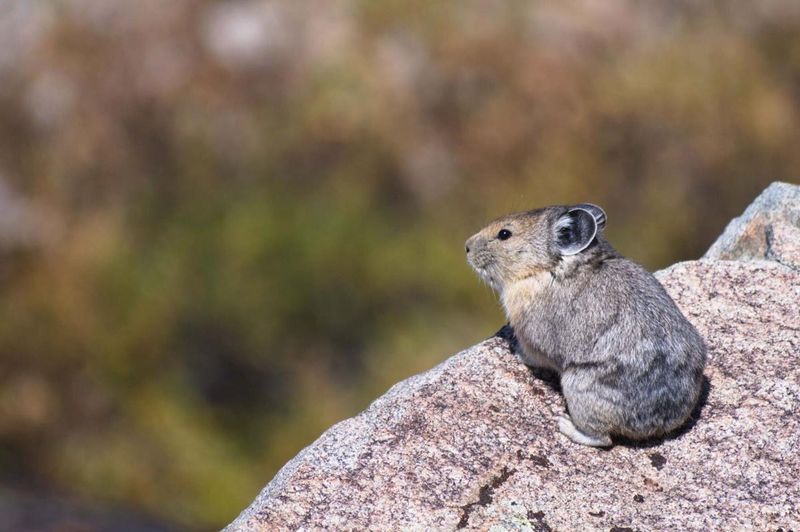
Squeaking alarm calls announce these rabbit relatives’ presence among high-elevation boulder fields. No larger than a potato, these fuzzy gatherers spend summer collecting plants for winter survival, creating distinctive “hay piles” under rocks.
Unlike many mountain mammals, pikas don’t hibernate. Sensitive to temperature changes, they serve as early indicators of climate impacts. Yellowstone visitors hiking rocky slopes above 7,500 feet might spot these industrious collectors darting between boulders.
13. Yellow-bellied Marmots
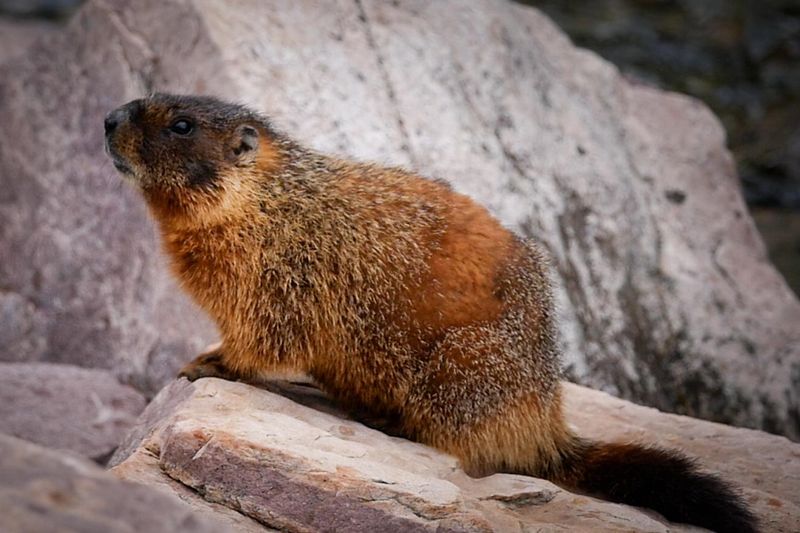
Sunbathing on warm rocks is serious business for these oversized ground squirrels. Their distinctive whistling alarm calls warn colony members of approaching danger – earning them the nickname “whistle pigs.”
Marmots spend over seven months hibernating in deep burrows. Summer visitors exploring Yellowstone’s rocky slopes often spot them lounging outside burrow entrances, their yellowish-brown fur blending with surrounding rocks while they fatten up for winter.
14. Cutthroat Trout
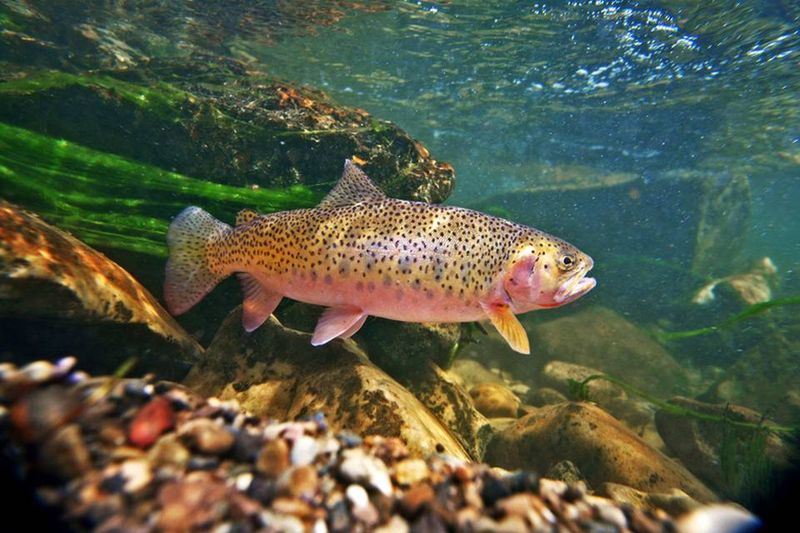
Flashing red throats give away these native fish as they navigate Yellowstone’s pristine waters. Named for the distinctive slash of color beneath their jaws, cutthroats evolved in isolation for thousands of years.
Eagles, ospreys, otters and bears all depend on these fish for survival. Conservation efforts focus on protecting remaining pure populations from introduced species. Catch-and-release fishing in Yellowstone Lake offers anglers connection with this living symbol of aquatic wilderness.

